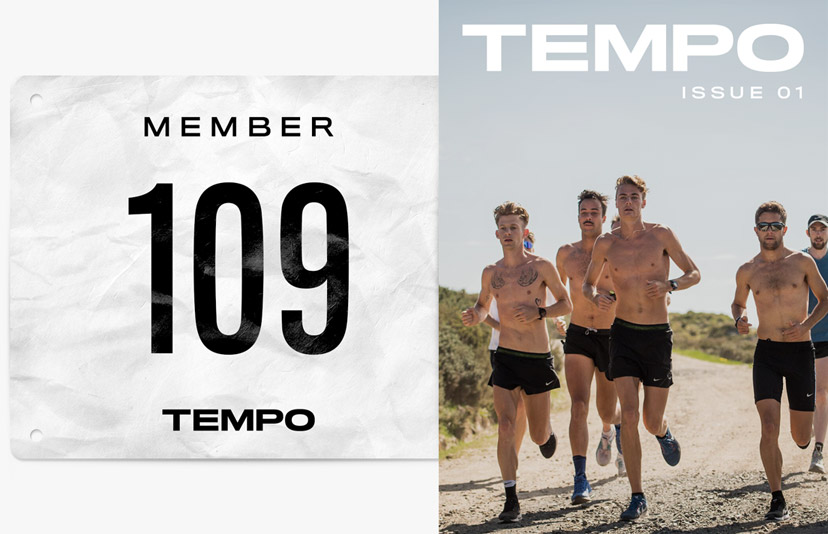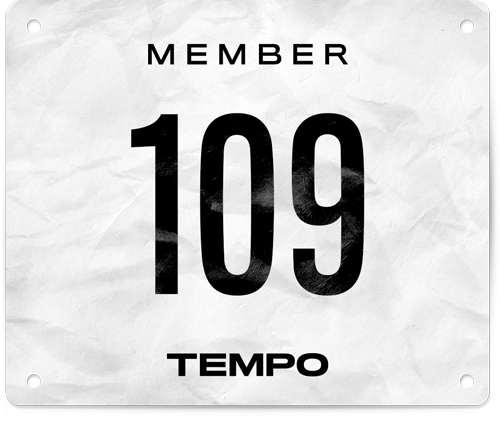Performance
Introducing The Nike Pegasus Turbo
A training shoe inspired by Eliud Kipchoge
Nike have today revealed their latest running footwear innovation in the form of the much hyped Pegasus Turbo. Rumours have been floating around about the Pegasus Turbo since the start of the year, and now we finally know everything about it. And I mean everything.
Anytime a totally new shoe is released, I’m most interested in the why, i.e. what is the company trying to solve/eliminate/improve with this release. The Pegasus Turbo is inspired by marathon great Eliud Kipchoge and his desire for a training shoe that more closely mimicks his race day footwear. To be more exact, and this is a line you’ll see everywhere when reading about the Pegasus Turbo, Eliud asked Nike to ‘bring the magic’ of the VaporFly Elite to his other footwear.
To do this, Nike took the ZoomX foam currently only used in the VaporFly Elite and 4% and created the perfect training shoe for a marathoner like Eliuid. A lot of people get hyped on the carbon plate in the Elite and 4%, but it’s actually this ZoomX foam that is responsible for so much of the performance advantage. It’s Nike’s lightest foam and also its most responsive, so putting that into a training shoe is going to leave you feeling fresher for longer.
While the shoe is called the Pegasus Turbo, think of it as more of a blend between the 4% and the Pegasus 35. It uses the same ‘last’ as the Pegasus 35, meaning it resembles it in look, fit, and shape, but it technically has a different upper, midsole, and outsole - more on these elements below.
TEMPO travelled to the global launch of the Pegasus Turbo in Tokyo to be able to bring you all the juicy bits from the unveil. Before we break down where it fits into your rotation, let’s go through the shoe from top to bottom.
THE UPPER
The biggest news on the upper is the material that has been used. It’s a super lightweight, translucent outer that better allows air to flow through the shoe. Interestingly, this was actually a discovery from products like the NikeLab Zoom Fly SP; the translucent upper on those was intended as a style statement, but it quickly became evident that it had great breathability. The air flow is certainly something runners will appreciate if they’re wearing the Turbo for longer workouts.
The other striking feature of the upper is the racing line that runs from the tongue all the way to the toe box and onto the sole of the shoe. This is not a functional aspect of the shoe, more a literal way for the design team to bring the spirit of racing into the shoe. As you can see from the images, it’s very pronounced on the launch colourway. If that’s not your thing there are going to be more subtle, tonal colours dropping in future.
Finally from a silhouette perspective the heel collar arches away from the achilles as it does on the Pegasus 35, something that came about based on feedback from Mo Farah.
THE MIDSOLE
This is where Nike brought the magic. The midsole is comprised of the same ZoomX foam that Nike first introduced in mid 2017 when they released the Vaporfly Elite and the 4%. Its Nike’s lightest foam and also gives the best energy return, meaning you should get to the latter stages of your run feeling fresher (for the numbers geeks, Nike are quoting 85% energy return).
Nike have taken out the carbon fibre plate responsible for the extra stiffness and therefore ridiculous responsiveness of the Vaporflly Elite and 4%. This makes the Peg Turbo a shoe more suitable for the grind of everyday training; athletes like Eliud Kipchoge and Shalane Flanagan have thrown these into their shoe rotation for long runs.
Taking out the carbon plate initially led to some performance issues in the shoe. I spoke to Brett Holts, VP of Running Footwear at Nike about the early prototypes and how they evolved the shoe.
“The goal with the Turbo was to get as much ZoomX foam underfoot as possible. The first prototype therefore had a full length ZoomX midsole, and the feedback on that from runners was that as an everyday training shoe, because of the light weight and the compression of the ZoomX foam, it actually felt unstable without the plate in there as a moderator.
So to solve for that we put a thin layer of React foam in the midsole, closest to the ground, which gives it a lot more stability.”
The other benefit of the React foam is its durability. This is a training shoe and therefore Nike expect it to take a pounding from athletes; 500 miles shouldn’t be a problem for the Turbo thanks to the inclusion of React foam.
THE OUTSOLE
The big thing you notice here is a different tread pattern to the Pegasus 35, which initially seems strange given that shoe only just released. There is of course a reason for this; the Pegasus Turbo uses a tread pattern that eliminates any excess rubber, keeping the shoe as light as possible. This thin-web rubber has been used on other Nike products in the past, not just in running but anywhere they want to bring down overall weight. The process starts with the thinnest rubber Nike can produce, and then involves removing the rubber completely in places it isn't needed. Some fans might notice that the sole looks a little like the Flyknit Racer (#RIP to one of the greats).
WHAT IS THE SHOE BEST FOR?
It has been designed as the perfect training shoe for marathoners, and anyone that's regularly doing long runs. On a long run, you’re going to get deeper into the run with fresh legs, and you’re going to recover better the next day. This is significant for runners at all levels; anyone who has trained for a marathon knows the value of having fresh legs during a training block.
If you’re mixing some tempo work into your longer workouts, the responsiveness and light weight of the Turbo are going to be appreciated.
If you’re already a fan of the Pegasus then you’re going to love the Turbo. A similar fit and look, but in my mind a massive performance advantage over the Pegasus 35 (I’m a longtime Peg buyer).
Note that the Turbo shouldn’t replace your racing shoes, but they will give extra life to your racing shoes by allowing you to leave them in the wardrobe until race day. You’re still going to want that pop that you get from the carbon fibre plate in the 4%; after all, you don’t throw everything into training to give up free speed on race day, do you?
THE WRAP UP
The Pegasus Turbo is a great option for people doing high volume who want a better training shoe. We've never typically thought of training shoes as fast or light; those are traits reserved for race day. But the Turbo is going to allow runners to push further and feel fresher, getting more out of their training. And there is no better feeling on the start line than knowing you've gotten every ounce out of your training.
The Pegasus Turbo releases in Australia on 02/08 and has an RRP of $260.
TEMPO travelled to Tokyo, Japan as guests of Nike.


